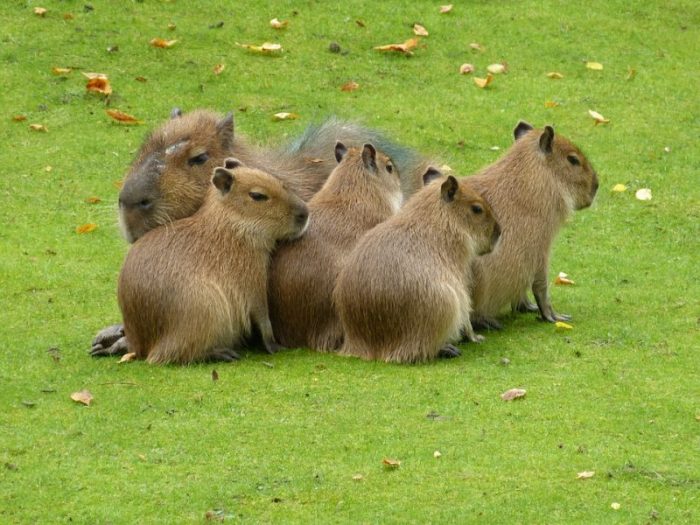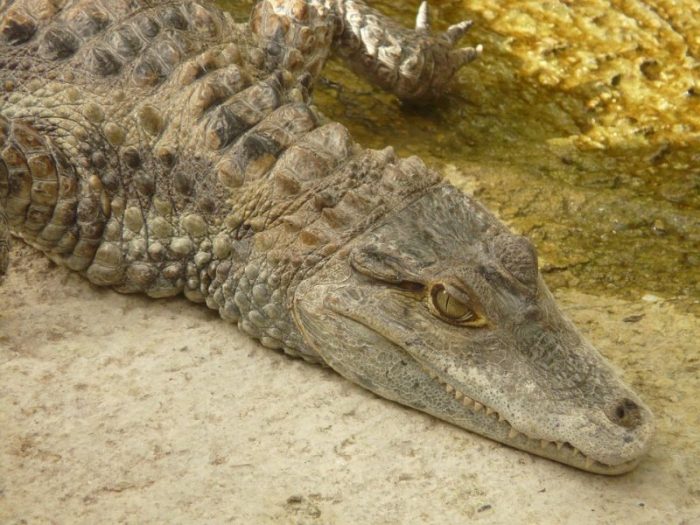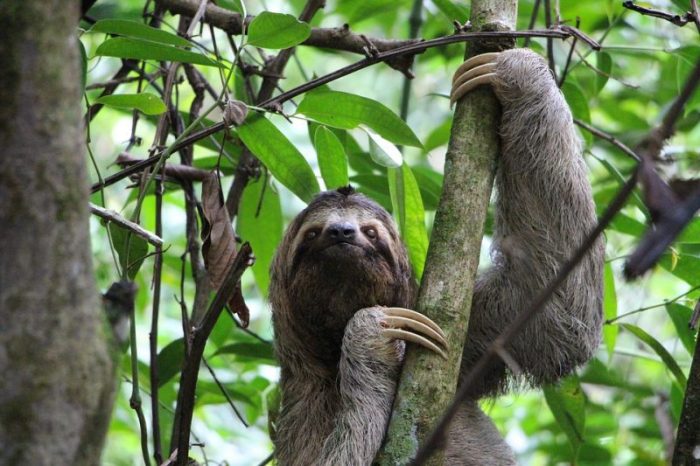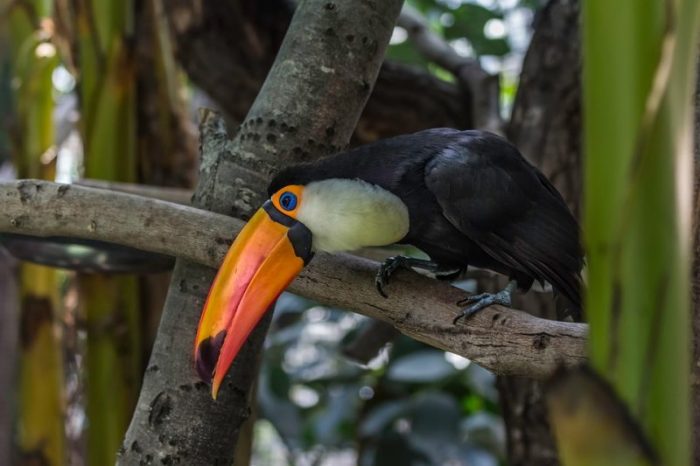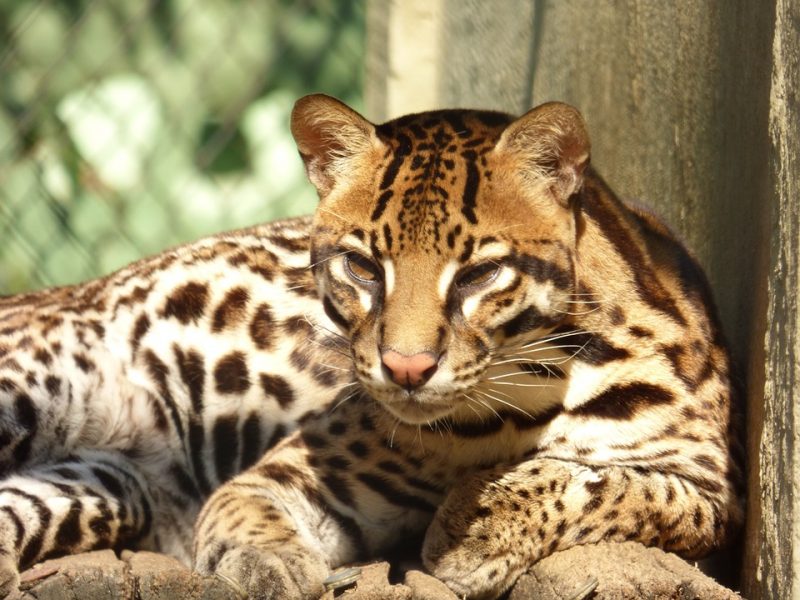
The rainforests of the world are home to a wide variety of fascinating animals. What follows are some of the most interesting rainforest animals in the world, from the very common to the very rare.
Axolotl
The Axolotl is probably the rarest animal on this list, being restricted to only one or two populations in the rainforest rivers of Mexico. The axolotl is native only to lakes and rivers in the Valley of Mexico. Two of the lakes the axolotl inhabited, Lake Xochimilco and Lake Chalco have dried up or been drained away to almost nothing. The introduction of invasive species like the Asian carp and African tilapia have also put a strain on the axolotl, either eating young axolotls or eating the small fish, insects, and worms the creature depends upon. The axolotl is considered critically endangered by the IUCN. The axolotl is also known as a “walking fish”, though it is actually an amphibian.
Capybara
The capybara is a mammal found in the rainforests of South America. They have a wide range and can be found throughout most of the South American continent, excluding Chile. They tend to live in forested regions along bodies of water like rivers, marshes, and lakes. The capybara is a giant rodent, and like many rodents they live in social groups. They congregate in groups of 10 to 20 individuals, but can sometimes be found in groups of 50 to 100 individuals. Capybara feeds mainly on aquatic plants and tall grasses.
Caiman
Caimans are crocodilians that inhabit the rainforests and marshes of South America and Central America. As far as other crocodilians go, they’re fairly small for their size and they have an average weight of around 6 to 40 kg. Caimans feed mainly on fish, but they will also eat small mammals, reptiles, and birds. The spectacled caiman is the most common crocodilian in the world.
Giant River Otter

Photo: By frank wouters from antwerpen, belgium , België , Belgique – reuzenotter, CC BY 2.0, https://commons.wikimedia.org/w/index.php?curid=3392939
The giant river otter is a member of the Mustelidae family, making it related to weasels. Otters are common throughout the world, but the giant river otter is found only within the rainforests of South America. Poaching has endangered the giant river otter and the Guianas ( a region on the northern coast South America) are arguably the only area where the species still thrives. As its name implies, the giant river otter is much larger than other otters and can grow to between 1 to 1.7m in length.
Green Anaconda
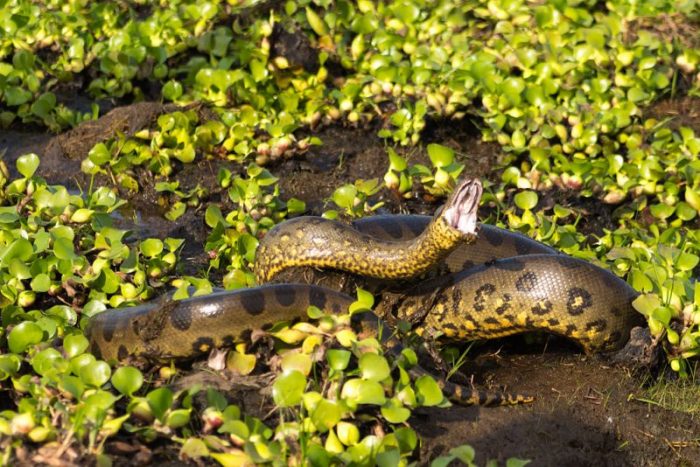
Photo: By Fernando Flores – Own work, CC BY-SA 3.0, https://commons.wikimedia.org/w/index.php?curid=33121956
The green anaconda, also referred to as the water boa or common anaconda, is a species of boa found throughout South America. The green anaconda is one of the longest and heaviest known snakes in existence. Its range is distributed throughout Bolivia, Brazil, Peru, Ecuador, the Guianas and Venezuela amongst other countries. The green anaconda is known to be able to grow to around 6 meters long, and it is capable of consuming large prey like capybaras and deers.
Harpy Eagle
The harpy eagle is a type of eagle found in Central America and South America as far south as Argentina. The species is named after the mythological harpy and it feeds on small to medium-sized mammals, like mice, sloths, and monkeys. The harpy eagle sometimes feeds on snakes, tegus, and iguanas as well. Populations of harpy eagles in Central America are heavily threatened by habitat loss.
Hoatzin
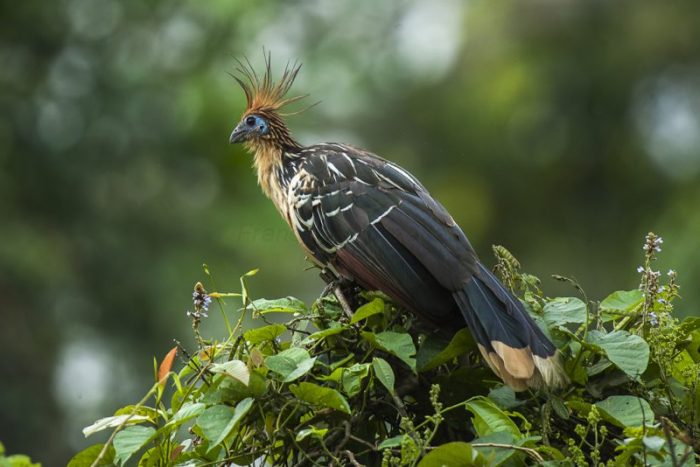
Photo: By Francesco Veronesi from Italy – Hoatzin – Manu NP – Perù_9203, CC BY-SA 2.0, https://commons.wikimedia.org/w/index.php?curid=39980422
The Hoatzin is sometimes referred to as the stinkbird or skunkbird. This is because the bird’s stomach ferments its food and gives off a distinctive, foul odor. The bird is also known for the large crest/crown on its head, which has a spikey appearance. The bird can be found throughout the Amazon basin and the Orinoco basin.
Iguana
Iguanas are lizards found throughout most of the western half of the southern hemisphere. They are found in tropical regions of Central America, South America, the Caribbean, and Mexico. This makes them one of the most common rainforest species. Iguanas are herbivores and live solely on vegetation, unlike some other forms of lizard. Iguanas have excellent visions and can see shapes and movement from long distances. Iguanas are also popular pets in some areas.
Ocelot
Ocelots are a species of wildcat found throughout much of South America and Central America, parts of Mexico, and (rarely) as far north as Texas or Arizona in the United States. Ocelots are known for their striped and spotted fur cream colored fur. Once extensively hunted for their fur, legal trade of the animal’s fur has ceased and now ocelot populations are stable at around 40,000 mature individuals.
Pink River Dolphin
The Amazon river dolphin, also known as the Pink River Dolphin, is a species of dolphin that inhabit rivers in the Amazon and Orinoco basins. Amazon river dolphins display notable sexual dimporhpism as the males of the species are notably larger than the female. The Pink river dolphin’s name comes from the fact that in addition to the classic grey coloration of dolphins, Amazon river dolphins can be either solid pink or a mottled grey/pink mix.
Pygmy Marmoset

Photo: Hans via Pixabay, CC0
Pygmy marmosets are a species of monkey native to the Amazon basin, known for their diminutive size. It is one of the smallest primates in the world, with adult pygmy marmosets weighing in at approximately 100 grams (3.5 ounces). The average adult pygmy marmoset body size is somewhere between 115mm to 150 mm in length (4.6 to 6.0 inches) (not including their tail). Pygmy marmosets feed mainly on natural gum, lapping up the coagulating sap around holes it creates in trees with its teeth.
Sloth
Sloths inhabit tropical rainforests in Central America and South America. There are two primary families of sloths: two-toed sloths and three-toed sloths. Sloths moved very slowly, and they have very slow metabolisms (their metabolisms are less than half that of other animals their size). The fur of sloths frequently hosts symbiotic algae, which helps camouflage the sloth.
Toucan
Toucans are birds with brightly colored bills. There are suspected to be over forty different species of toucans and they are found all throughout South America and Central America. Toucans have long bills which are used to get into crevices in trees and eat small insects, lizards, and fruit. Despite being quite large, the bill of a toucan is actually very light, being made out of a substance called keratin – a spongy form of tissue.
Vampire Bat
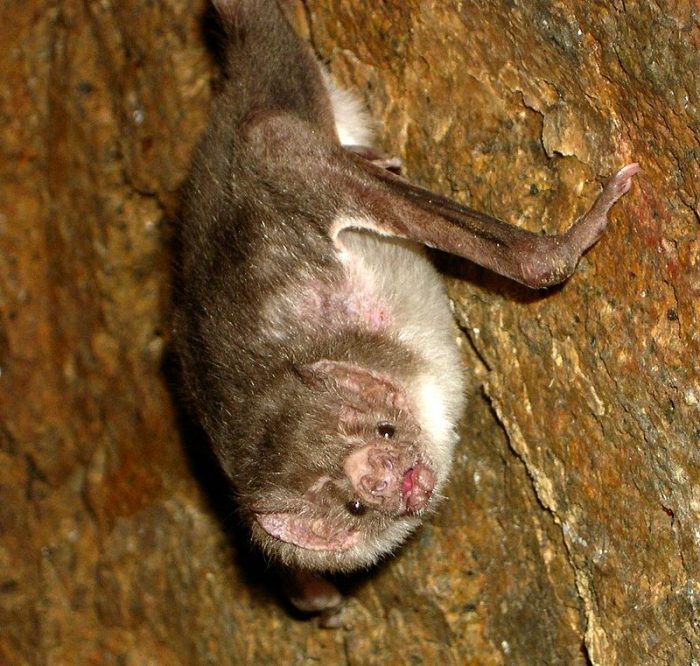
Photo: By Acatenazzi at English Wikipedia – Own work by the original uploader, CC BY-SA 3.0, https://commons.wikimedia.org/w/index.php?curid=298052
Vampire bats get their name because they feed solely on blood. There are currently three different species of vampire bat that exist, and all three species are found in the Americas. Vampire bats are primarily found in Mexico, Central America, and South America – Uruguay, Brazil, Argentina, and Chile. Vampire bats will often share food with one another, regurgitating a little blood to feed another bat if another bat failed to find enough food for the night.





